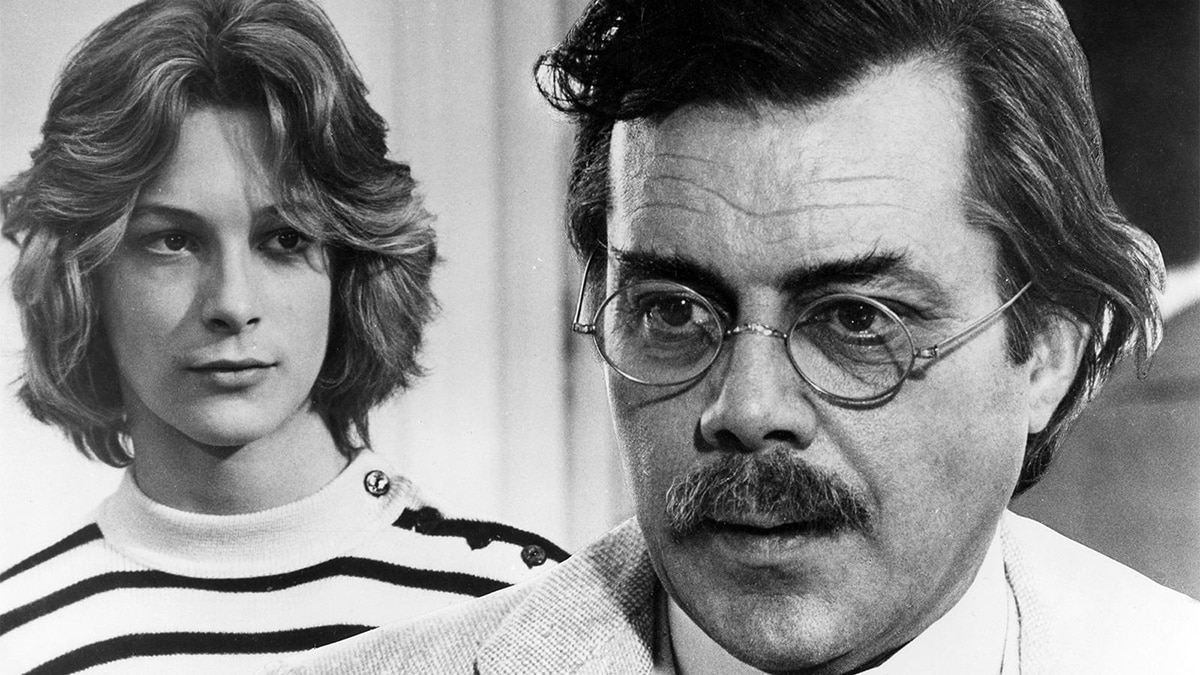
Greg: Well, it’s hard to talk about the Ancient Greeks without getting into pederasty – the relationships, invariably sexual, between older men and younger boys. Art shouldn’t have to be comfortable, though. It is within its purpose to shock and challenge and provoke. Suffice it to say, in ‘Death in Venice’, the closest Aschenbach physically gets to Tadzio is when he reaches out to touch his hair as he approaches his mother to give her an hysterical warning about plague. It’s tragi-comic. Ridiculous. Tadzio though, is aware of his innate power, and he knows the affect he has on the older man. The way he struts along the beach in a body-hugging swimsuit in front of poor old Aschenbach makes that point, and the mocking laughter of Tadzio’s friends in the hotel lift when Aschenbach doesn’t know where to put himself. He wields that power. It’s an interesting dynamic, played out over Mahler’s strangled, angst-ridden strings.
Sam: It makes Gustav the victim. Is Tadzio smiling at him or sneering at him? Truth and beauty aren’t necessarily eliding here. It’s perplexing and ultimately discomforting. But there’s no doubt that Aschenbach is projecting something onto Tadzio’s image too. He doesn’t see the young man in a sexual sense, but rather as a Greek god, or angel, or spiritual image like the Virgin Mary. In his obsession, Aschenbach becomes rather punch drunk and pitiful…
Greg: It’s worse than pitiful, Aschenbach loses his dignity, and for such a careful, fussy little man (observe the way he eats strawberries), there is no recovering from that. He is literally destroyed by Tadzio’s beauty, and by his loyalty in fearing for Tadzio’s safety during the cholera outbreak. There’s so much nuance to the story that we could talk about it all night. Either way, it’s a stunning film, every frame could be a painting, and one must separate the art from the artists to enjoy it. Bogarde had been a light matinee idol. In ‘Death in Venice’, he delivers a masterful performance, would you agree?
Sam: Bogarde underplays it brilliantly. Every little movement is so pointed and considered. In less equipped hands, the film would be very problematic, but his performance is so tragic and innocuous, you read his actions as a terminally ill man crying at opera knowing it’s his last time. There’s also a smart safety net here in a little subplot introduced by Visconti – it’s not in the novella – where we learn that Aschenbach had a daughter and wife. Frau Aschenbach was from a brothel and his little girl dies tragically, which perhaps drives Aschenbach into a duty of parental care for Tadzio. I can’t help thinking this was Visconti making it ultra-clear that the lead character isn’t a bad’un…
Greg: I had forgotten that detail wasn’t in the novella! Marisa Berenson plays Aschenbach’s wife, seen in flashbacks. She was the sister of Anthony Perkins’ wife, Berry Berenson, who was sadly one of those killed on 9/11. Good actress. In fact, all of the performances are great, but the movie belongs to Bogarde. He is simply iconic in it.
Sam: It’s astonishing he didn’t get an Oscar nomination. That costume – the white colonial panama and sagging linen suit, complete clown-like make up – it’s iconic, as you say.


